iPhone 16e vs Pixel 9a review: which mini flagship to care about?
We may earn a commission if you make a purchase from the links on this page.
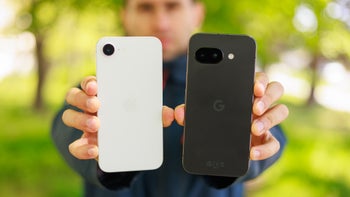
Intro
The new Google Pixel 9a is finally coming out in April. It's the midrange Pixel — the affordable version of the mainline phones, but it doesn't cut too many corners. For $500, it's the core Google experience, with the promise of a good main camera and all the latest Gemini tricks. Kind of. More on that later.
The iPhone 16e is Apple's own take on the idea of a "core" phone. With a single camera, but the A18 processor and enough RAM to run Apple Intelligence. It's slightly more expensive at $600, but these are more or less in the same category.
iPhone 16e vs Pixel 9a differences:
| iPhone 16e | Pixel 9a |
|---|---|
| Flat sides, notch — like iPhone 14 with single camera in rather thick pill module | Flat sides like Pixel 9, small pill module with two cameras |
| 6.1-inch OLED screen, 60 Hz | 6.3-inch OLED screen, 60-120 Hz |
| Apple A18 chip, 8 GB RAM | Google Tensor G4 chip, 8 GB RAM |
| Single 48 MP camera 12 MP front camera | 48 MP main camera 13 MP ultrawide camera 13 MP front camera |
| 4,005 mAh battery | 5,100 mAh battery |
| USB C 20 W wired 7.5 W wireless | USB C 23 W wired 7.5 W wireless |

Table of Contents:
Read more:
Design and Size
Flat sides united
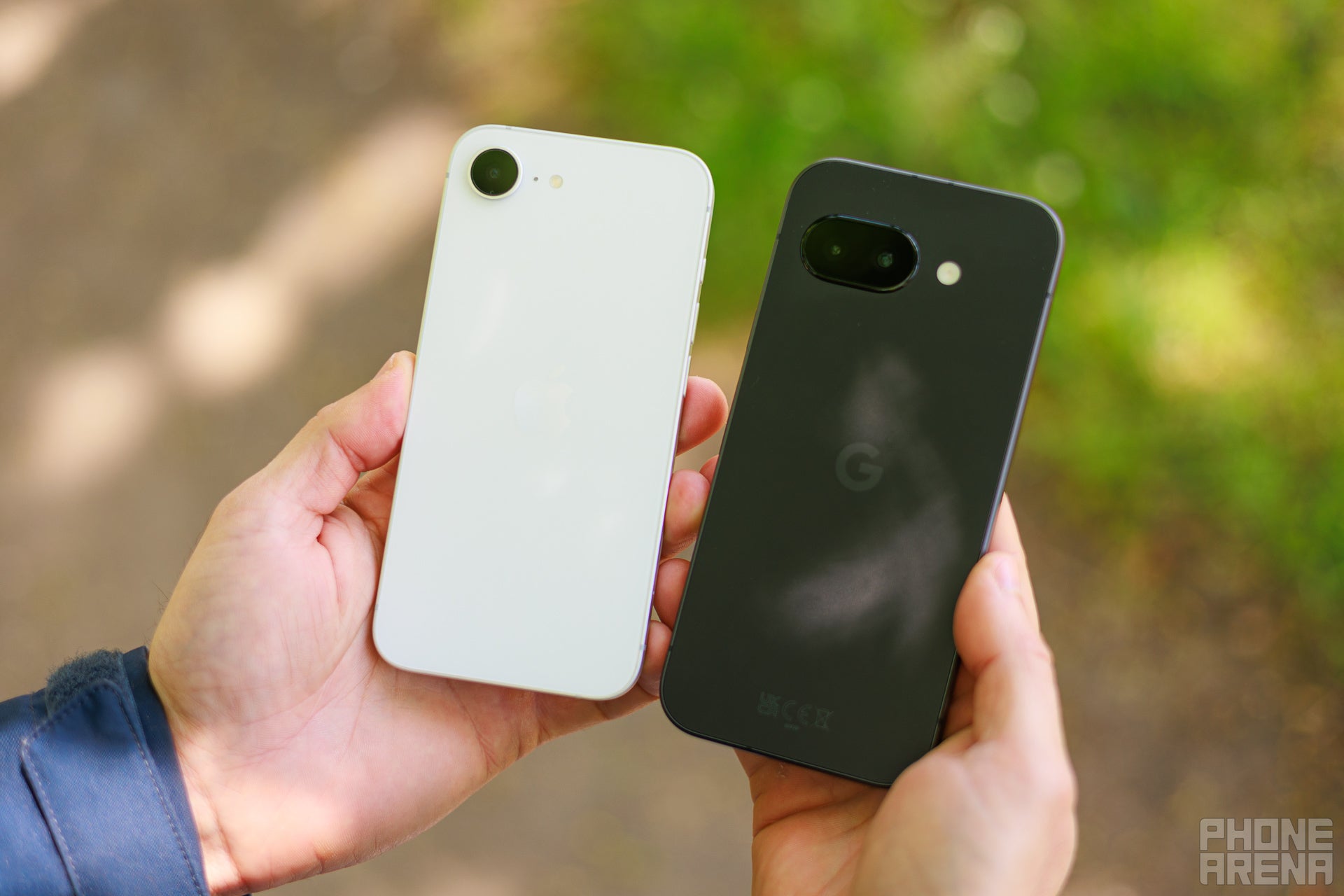
The iPhone 16e is "dressed" in the clothes of an iPhone 14, meaning it has an aluminum frame, flat sides, glass back. The big difference is that the camera on the back is a single ring for the lonely 48 MP main camera. No Dynamic Island on the front, too — it will rock the "classic" iPhone notch above the screen.
Google's latest Pixel phones also adopted the flat sides, with the Pixel 9 sporting that super-shiny frame. The Pixel 9a gets the same treatment and it's a metal frame. The back is still plastic, though made matte to kind of resemble frosted glass. Its remodeled camera module on the back is not a full horizontal bar, but a small protruding pill shape, which kind of robs the Pixel from its signature look.
Fans of the classic iPhone mute toggle will not find it on the iPhone 16e, but instead you have the newer Action Button (but no Camera Control button here, though). The Google Pixel 9a will not have any extra buttons apart from the standard power button and volume rocker.
Both phones get the high IP68 rating for added peace of mind. In general, the iPhone will "feel" slightly more premium with the glass back, but the Pixel will feel more fluid and snappy with its 120 Hz screen.
The Pixel 9a comes in four colors — black, off-white, pink, and blue (Obsidian, Porcelain, Peony, and Iris). The iPhone 16e gives us less choice — black and white, like in the good old iPhone 4s days.
Display Differences
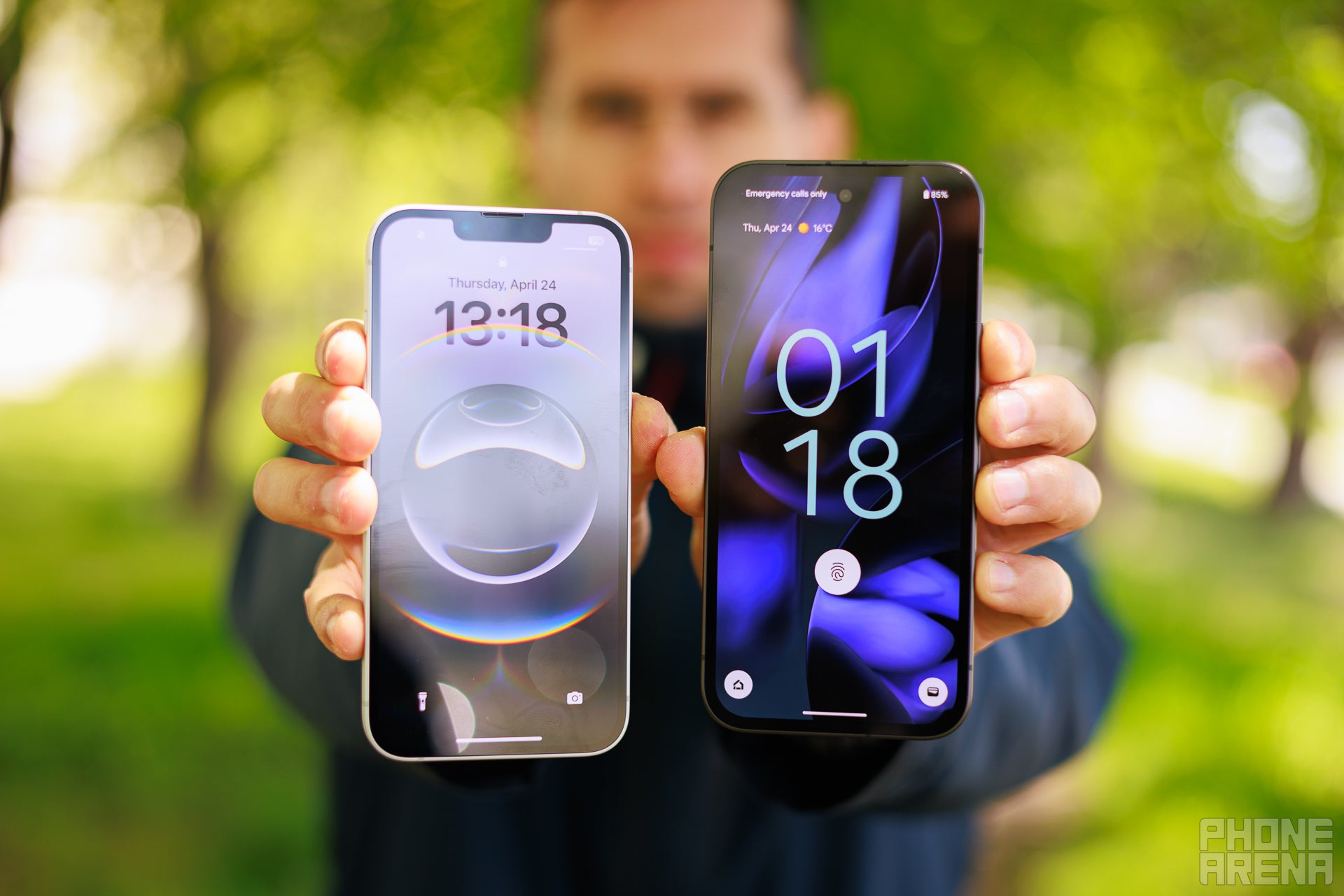
The Pixel 9a's display is slightly larger, at 6.3 inches versus the iPhone 16e's 6.1 inches. Both panels are OLED tech, but Google's Actua display is rated for 2,700 nits peak brightness where the iPhone has 1,200 nits. Both are pretty sharp with the Pixel 9a having 420 pixels per inch, the iPhone — 457 PPI.
But here's the bad news — the iPhone 16e is stuck with a 60 Hz refresh rate yet again. Yes, Apple insists that's a premium feature, and that's the first thing to get axed when you travel south of the Pro. The Pixel 9a, on the other hand, will generously be giving you "premium" 120 Hz every time you swipe and swoop through the interface, but it can go down to 60 Hz when needed or for battery conservation.
And yeah, that Actua Display is putting in the work with some super-bright readings on our 20% APL test (simulating real life use, instead of measuring peak brightness). Both screens hit an equal 1.8 nits minimum brightness, which is not ideal for bedside viewing. You want that to be 1 nit or less. In color reproduction, they are close, but the Pixel 9a leans a bit towards a teal-ish cast.
For biometrics, Apple uses Face ID which has been improved and perfected through the years. It's fast and accurate and works at pretty wide angles. Google's Pixel 9a does have an under-glass fingerprint scanner, but also uses the front camera for face unlock, which has a boosted security thanks to AI. Despite not having a fancy infrared TrueDepth camera, the Pixel's face unlock has been rated to be secure enough to use for banking apps.
Performance and Software
Tensor, please

The iPhone 16e delivers Apple Intelligence to the masses. Because everyone wants it, right? So, Apple equipped it with an A18 chip and 8 GB RAM. All hail AI, at least it got Apple to give us higher specs on phones and laptops!
The Pixel 9a rocks the newest Tensor chip — the Tensor G4. Google's chipsets are, unfortunately, not powerhouses. They get beaten out by both their contemporary Qualcomm Snapdragons and Apple A competitors. Not to say that Pixel phones don't run well — of course they do, Google optimizes both the software and the hardware. But if you are a benchmark aficionado, they won't give you the bragging rights you may want.
On the other hand, the Apple A18 is pretty impressive. It's a 2nd generation 3 nm chip for Apple and powers the iPhone 16 and iPhone 16 Plus. It's pretty fast and capable! We'll be benchmarking these and testing them against one another, but the Pixel 9 series has already shown us how a battle of Tensor vs A18 goes down. It mostly doesn't, they are clearly different classes of chips.
But not to take away too much from Google. The fusing of software and custom-designed hardware has value and you can get away with much less horsepower that way. And the Tensor has been specifically designed to support Google's AI and photo processing needs. Of course, the Pixels excel in both categories — more to follow when the Pixel 9a arrives for impressions and tests!
For software, of course we are getting iOS 18 in the iPhone. It's been getting a flow of AI feature updates since last October, now with the text editing and rephrasing tools, the ChatGPT integration, Visual Intelligence, notification summaries, and auto-replies. The big one — the "smarter Siri" update that was supposed to leverage AI to super-charge the Apple voice assistant has, unfortunately, been postponed for "later".
Android 15, on the other hand, already comes the Gemini Assistant, which is very conversational and mostly helpful. It is also constantly evolving, as Google has been working on AI for multiple years now and is a bit ahead in the game. It also deploys those updates fast — if you hear about a new Gemini feature — chances are a Pixel phone near you already has it. Even the budget a-series.
Worth noting — the Pixel 9a utilizes a smaller AI model, the Gemini Nano XXS. Unlike the Nano XS in the other Pixels, this one doesn't run in the background, so features like auto voice call notes and the Screenshots app don't work on the Pixel 9a. Worth noting because, with future updates, we will surely have more Gemini features that are just not available for the Pixel 9a due to its memory limitation.
And updates it will have — Google promises 7 years of Android builds for the Pixel 9a. Apple makes no such promises but history teaches us that iPhones get at least 5 years of timely support.
Camera
Cutting corners, or just being a minimalist
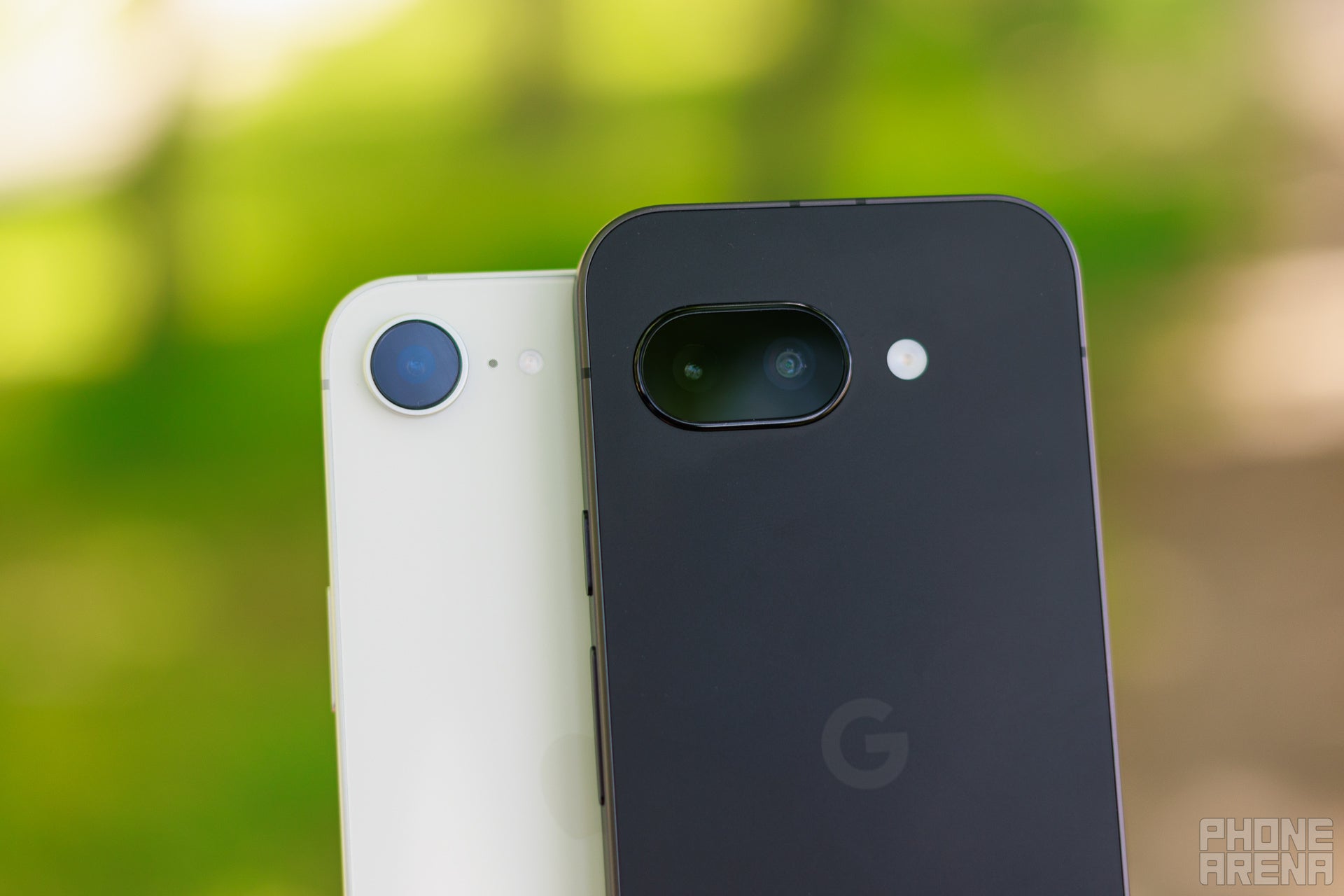
The iPhone 16e launched with a single 48 MP camera on the back. It has been quite a while since we've seen a high-profile phone launch with just one camera. The minimalism is a breath of fresh air, but it will result in a limitation — no ultra-wide angle capabilities. The good news is that Apple employs that crop-in trickery to achieve some pretty OK-looking zoom shots.
The Pixel 9a is comes with a 48 MP main sensor of its own, and a 13 MP ultra-wide camera. A slight downgrade from the mainline Pixel 9 series, but we still expect excellent camera performance here. It's in the Pixel's DNA. Hopefully, we don't get disappointed!
The Pixel 9a is comes with a 48 MP main sensor of its own, and a 13 MP ultra-wide camera. A slight downgrade from the mainline Pixel 9 series, but we still expect excellent camera performance here. It's in the Pixel's DNA. Hopefully, we don't get disappointed!
PhoneArena Camera Score:
The performance of the main Pixel 9a camera lags a few points behind the only camera on the iPhone 16e. However, due to it having more lenses and more tricks its sleeve, it's able to score a higher general score.
Main Camera
The Pixel 9a's contrast is a bit flatter than the iPhone, which doesn't shy away from those really bright highlights. The details are close, and so are colors, though the Pixel has a slight magenta tint, whereas the iPhone 16e towards a yellow-ish tint.
Zoom Quality
Both of these phones use software trickery for zooming, as they lack zoom cameras. The iPhone 16e oversharpens a bit more, giving the images more depth with stronger etchings and shadows. The Pixel 9a on the other hand leaves details softer, which is nice, but that's why the zoomed image appears a bit flatter (combined with the lower contrast).
Selfies
With proper lighting, both phones give us very similar selfies. For the sample here, we chose one where the face is in the shadows, which gave us different performance from the phones. The Pixel 9a, notably, chose to boost exposure around the face, almost erasing the shade (only on the face). Good if you want guaranteed visibility, but kind of eerie and unrealistic.
More Camera Samples
Video Quality

In video, the iPhone 16e does better with more details, better dynamics, and sharper zoom quality. The Pixel 9a gives us more realistic colors, especially less of a neon-blue sky effect.
Battery Life and Charging
Surprisingly good battery life on the 16e
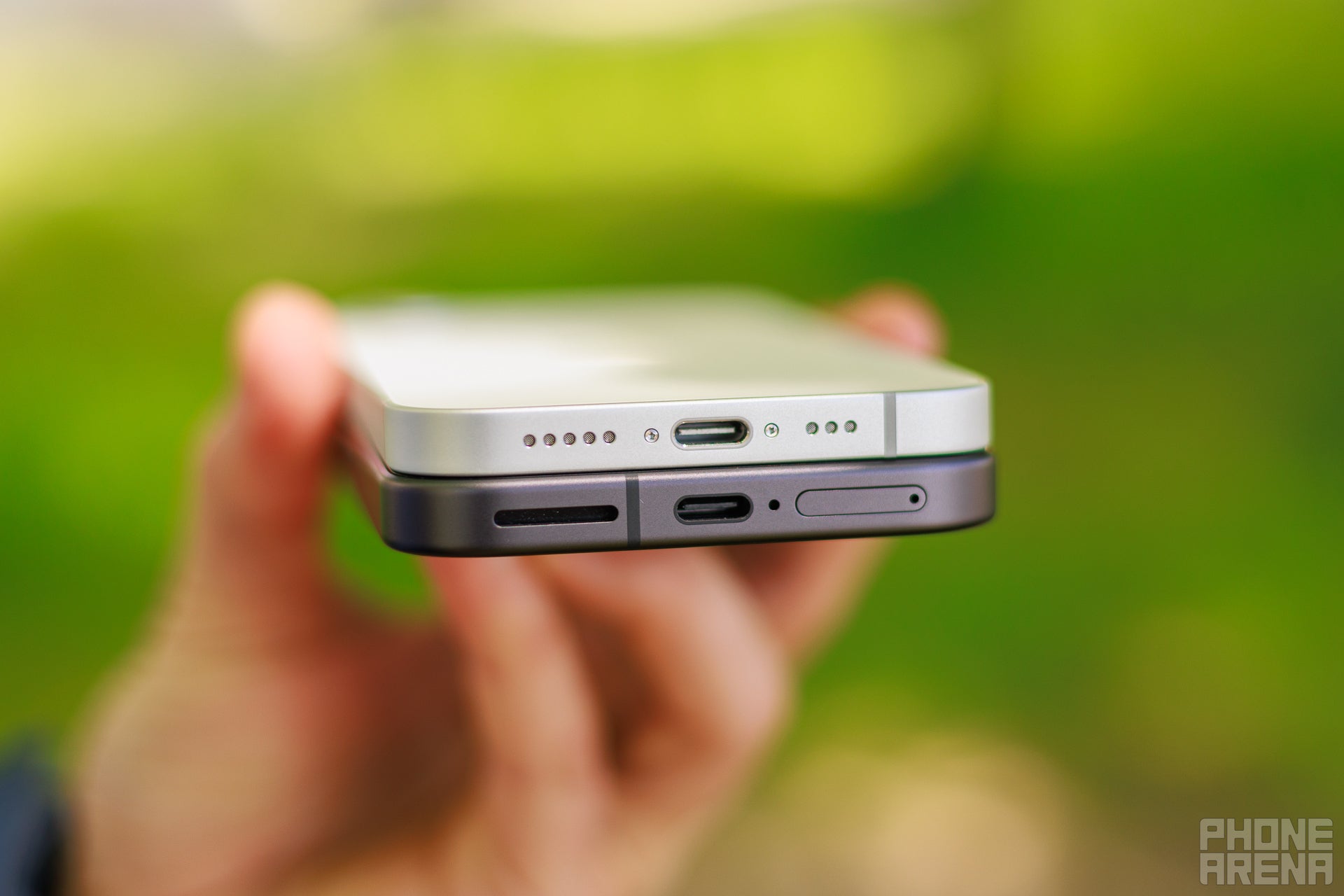
Apple surprised us by unveiling the iPhone 16e as having the "best battery life on a 6.1-inch iPhone". We now also know that this is thanks to a nearly 20% bigger battery than on previous iPhones (it has a 4,005 mAh battery capacity).
The Pixel 9a, on the other hand, is will expand its capacity by a little bit. With a cell of 5,100 mAh it's the first a-series Pixel to break the 5,000 mAh threshold and will probably last you quite a while. Let's take a look at the tests:
PhoneArena Battery and Charging Test Results:
Indeed, while the iPhone 16e had us happy with its results, the Pixel 9a consistently delivers two to five hours more screen-on time. Of course, it's worth noting that the gaming test may drain the iPhone faster, but that A18 chip delivers a better gaming experience. So, it's a give-and-take.
One disappointment with the 16e is that it does not support MagSafe. It does have wireless charging, but the old Qi standard which gets it 7.5 W. Well, the Pixel also doesn't have magnets, and also has 7.5 W wireless charging, so that would make them equal.
Specs Comparison
Here's a quick rundown of the core iPhone 16e vs Pixel 9a specs.
| iPhone 16e | Pixel 9a |
|---|---|
| Size, weight 5.78 x 2.81 x 0.31 inches (146.7 x 71.5 x 7.80 mm) 167 g | Size, weight 6.1 x 2.9 x 0.4 in (154.7 x 73.3 x 8.9 mm) 185.9 g |
| Screen 6.1" OLED 60 Hz | Screen 6.3" OLED 60-120 Hz |
| Processor Apple A18, 3 nm | Processor Google Tensor G4, 4 nm |
| Versions: 8 / 128 GB 8 / 256 GB 8 / 512 GB | Versions: 8 / 128GB 8 / 256GB |
| Cameras: 48 MP main 12 MP front | Cameras: 48 MP main 13 MP ultrawide 13 MP front |
| Battery: 4,005 mAh | Battery: 5,100 mAh |
| Charging: USB-C 20 W wired 7.5 W wireless | Charging: USB-C 18 W wired 7.5 W wireless |
Also read:
Summary
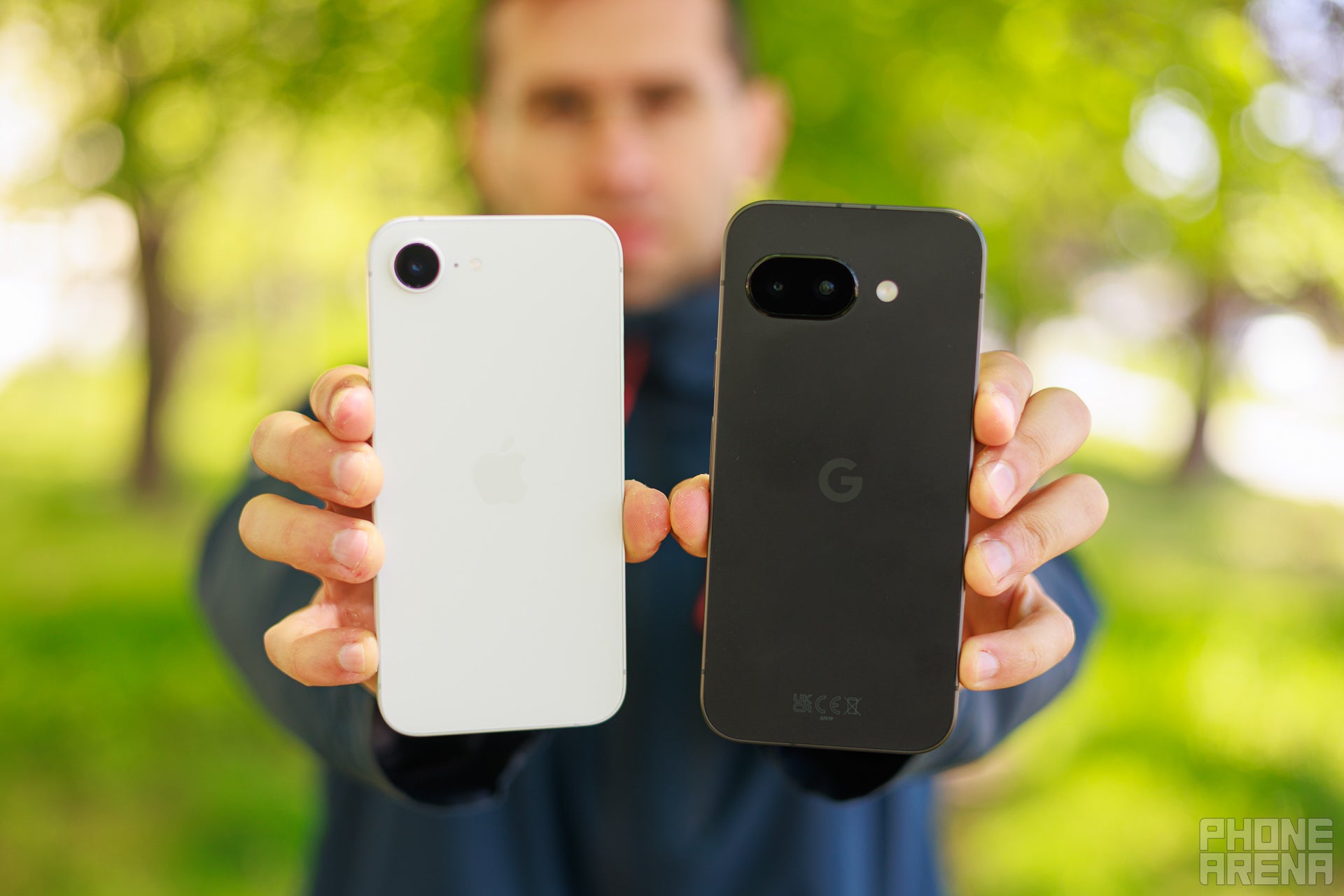
The Pixel 9a is out now and, sure, it can be viewed as quite the challenger for the iPhone 16e. In fact, one may argue that the launch of the iPhone 16e was a bit inspired by the Pixel a-series, considering how these phones seem to cut the same corners and go for the same type of audience.
But these are not only mid-range phones, but these are vessels for the new AI features. And while Apple's take has been underwhelming thus far, Google at least throws more stuff at the wall with Gemini and has been for longer.
Excluding the meme that is AI. What it does look like is that they will be very solid phones for less money than the exorbitantly-priced flagships. The Pixel 9a is starts at $499, while the iPhone 16e is more expensive at $599. $100 is not a huge difference, but may be for someone who refuses to pass that $500 phone price threshold. If that is the case, then the Pixel 9a will serve you nicely. Long battery life, decent camera, good durability, long software support.
















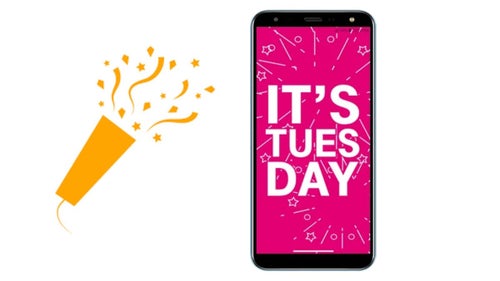

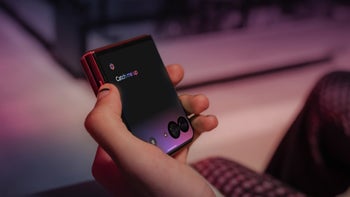

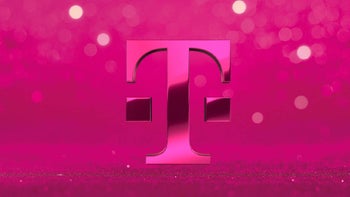

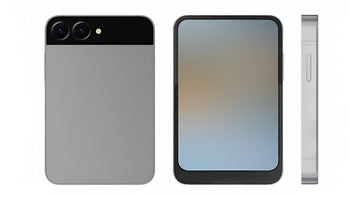







Things that are NOT allowed: